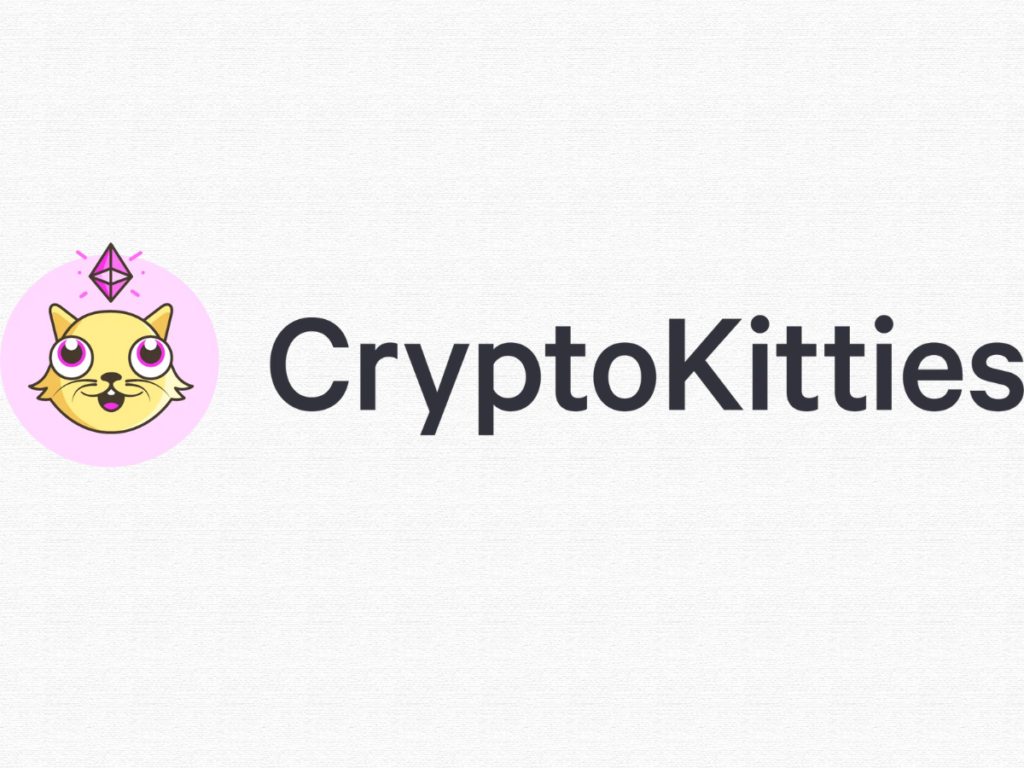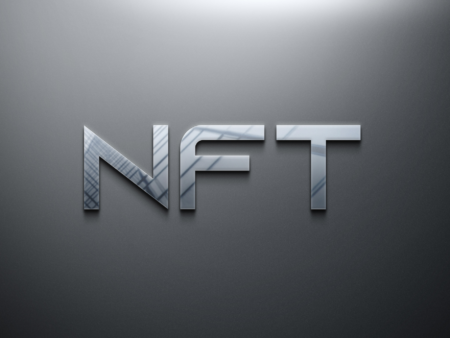CryptoKitties introduced blockchain technology to early users, merchants, and collectors in 2017. What happened to CryptoKitties and their pricing since then?
The NFT collection known as CryptoKitties made history in 2017, but what has happened to them since? What is the state of their prices?
What are the well-known NFTs, asks CryptoKitties?
CryptoKitties introduced blockchain technology to thousands of early users, players, traders, and collectors as one of the first and most well-known NFT projects. The initial phases of the collection’s release and sales have actually become something of a crypto legend.
Since its launch, interest in CryptoKitties has grown so significantly that it is believed to have increased the volume of Ethereum transactions by a factor of six. It formerly made up 25% of the total number of transactions made on the network.
The Ethereum network as a whole experienced a considerable decrease in transaction speed and an increase in gas prices as a result of the volume increase. At the height of the 2017 bull run, when this incident took place, it highlighted the Ethereum network’s scalability issues and presented a risk of excluding other decentralized blockchain-based application businesses.
In addition, the 256-bit DNA sequences assigned to each of the CryptoKitties NFTs can be partly blamed for the demand for them. Each CryptoKitty’s individual traits are a result of combining the cattributes of its parents.
Nearly four billion distinct CryptoKitties can be created from the parent CryptoKitties thanks to this genomic method. High-profile celebrity partnerships have also been drawn by them.
Both the well-known rock band Muse and the well-known Chinese fashion designer Momo Wang have contributed to the creation of specially themed cats for the CryptoKitties series. Stephen Curry, a star in the NBA, was arguably the most notable celebrity to support the initiative. His first engagement spurred the development of three CryptoKitty NFTs.
The rise and fall of CryptoKitties
After a five-day limited beta, CryptoKitties became famous as “the world’s first Ethereum game” on November 28, 2017.
According to nonfungible.com, they sold for hundreds or thousands of dollars, rising from 1,500 on launch day to over 52,000 on December 10, 2017.
The game’s use of Ethereum may have helped popularize it. CryptoKitties coincided with Ethereum’s meteoric climb from $300 per token in early November 2017 to $1,360 in January 2018.
CryptoKitties faltered as Ethereum price rose, which was a bad indication for blockchain gaming.
Daily sales peaked in early December 2017, dipped in January, and averaged under 3,000 in March. It shows that the game still has a large fan base, including Rabono, who bought Dragon after its height. NFTs fell more gradually, proving this.
Up till 2018, their activity set new NFT value records. Currently, CryptoKitties is fortunate to accomplish 100 sales each day, with an average sale price of less than $10,000.
Big transactions like the April 30, 2022 sale of Founder Cat No. 71 for 60 ether (approximately $170,000) are still rare. CryptoKitties’ decline won’t reverse.
Dapper Labs, which owns CryptoKitties, also runs NBA Top Shot, a website where basketball fans can buy NFT “moments,” or NBA game clips.
Why did the well-liked NFTs fail?
The game’s latest blog post (4 June 2021) celebrates the breeding of the 2 millionth CryptoKitty and may reveal the game’s ending. Two main factors may have caused CryptoKitties’ collapse.
First is kitten supply. Demand soared as more gamers bred more cats. Thus, NFT rarity has plummeted.
Second, the vast number of it, the second-largest cryptocurrency by market capitalization, has ruined the Ethereum blockchain. (after Bitcoin).
Ethereum evaluates transactions using a charge known as gas, as was previously described. Every time there is a surge in transactions (purchases, generation, etc.), gas prices will rise. When they launched to orbit the moon, this is exactly what happened.
Therefore, hefty fees weren’t just an issue for CryptoKitties. The issue affects the entire blockchain. For everyone who needed to do a transaction on Ethereum for whatever reason, gas costs climbed as the game’s popularity grew.












